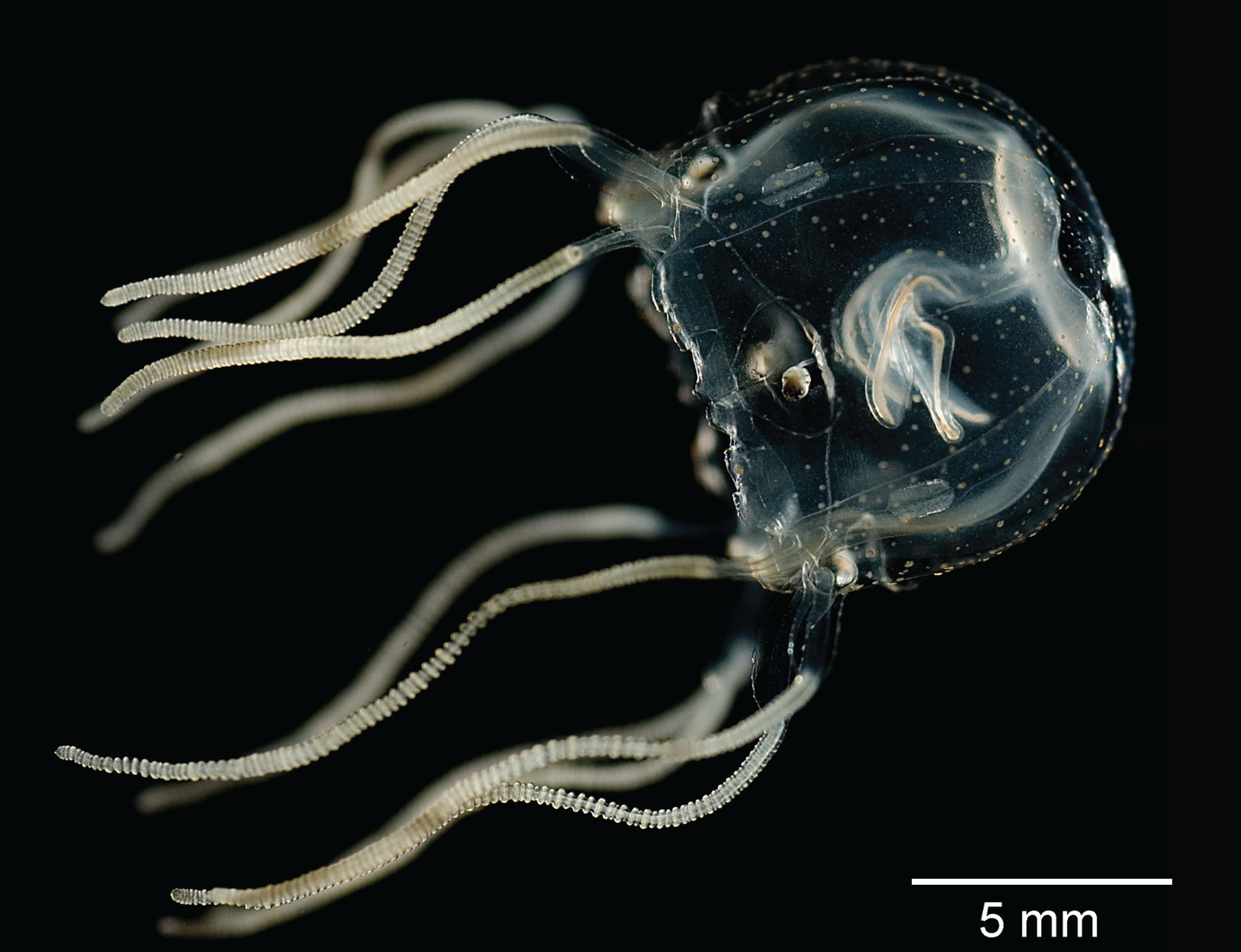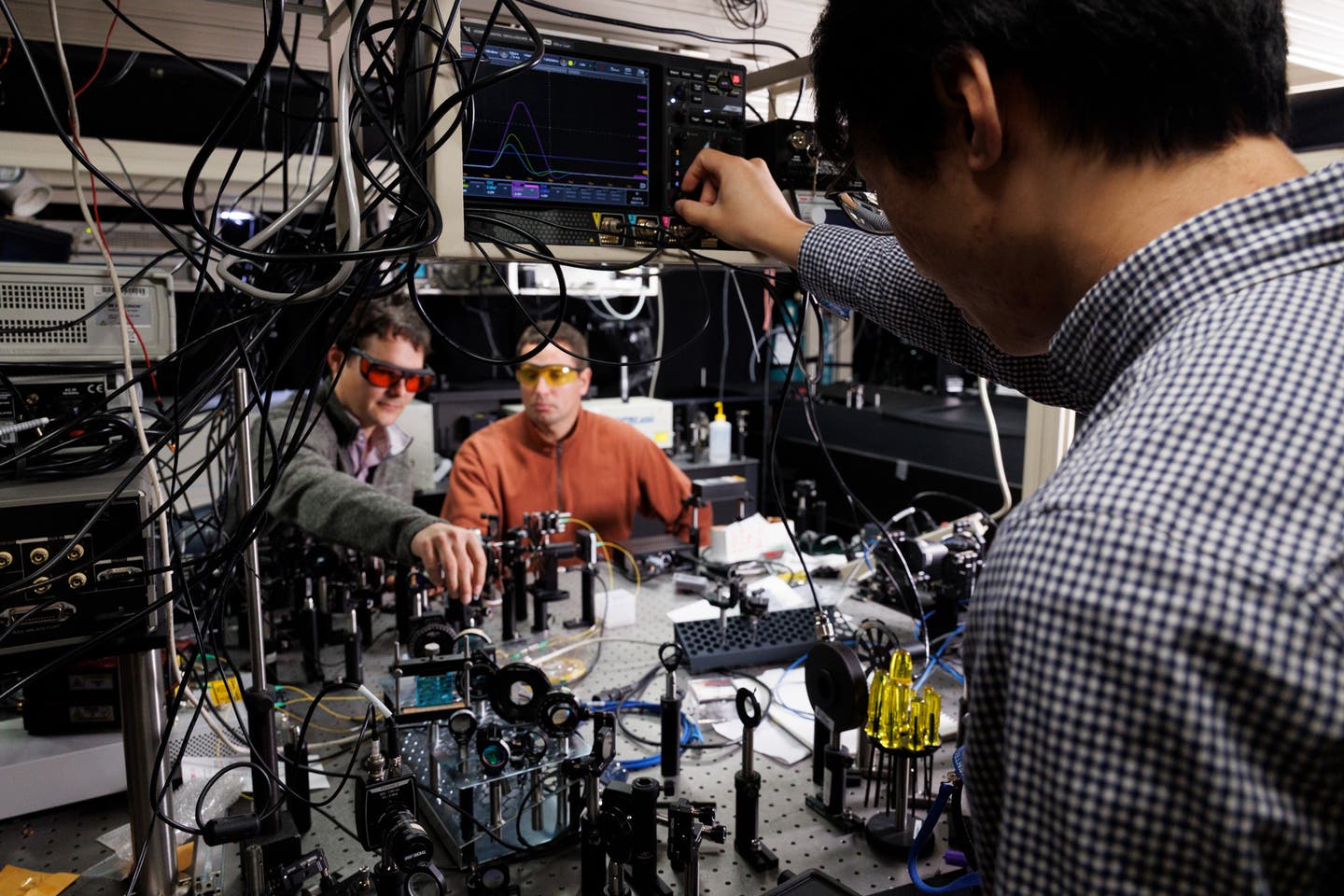Scientists discover genes that control alcohol use and addiction
In the United States, alcohol use disorders (AUDs) have long been a public health concern, with an astounding 16 million people affected

[Sept. 1, 2023: Staff Writer, The Brighter Side of News]
What if we told you that the mystery of why certain individuals are more prone to AUDs than others might lie in their DNA? (CREDIT: Creative Commons)
In the United States, alcohol use disorders (AUDs) have long been a public health concern, with an astounding 16 million people currently affected, as reported by the National Institutes on Alcohol Abuse and Alcoholism (NIAAA).
But what if we told you that the mystery of why certain individuals are more prone to AUDs than others might lie in their DNA? This is the new frontier of research for scientists at Indiana University, who have recently made a significant breakthrough in understanding the genetic basis of AUDs.
Deep Dive into the Genetic Pool
Historically, research around AUDs and genetics has often been narrowed down to individual genes. This conventional approach was based on the observation that AUDs seem to run in families, suggesting a genetic link.
Related Stories:
“We know inherited genes are a major contributor to this disease because past studies have shown family genetics to be directly associated with alcohol dependence within a family, such as identical twins raised in different environments,” stated Feng Zhou, PhD, a distinguished professor emeritus of anatomy, cell biology, and physiology at IU School of Medicine.
In a paradigm-shifting study, led by Zhou alongside William Muir, PhD, professor emeritus of genetics at the Purdue Department of Animal Sciences, the focus was extended to groups of genes. Their groundbreaking research has been recently published in Alcohol: Clinical and Experimental Research.
The Novel Approach
To penetrate deeper into the genetic intricacies of AUDs, the team employed three distinctive animal models, cultivated at the IU Alcohol Research Center. Their massive study spanned across nearly 3 billion DNA base pairs and approximately 30,000 genes in 70 animals. This exhaustive approach aimed to pinpoint specific genes that played a pivotal role in alcohol consumption patterns.
Modeling workflow. CommonMind Consortium (CMC) RNA-seq and genotyping data from dorsolateral prefrontal cortex (DLPFC) were used to derive the splicing outcomes (PSI, Ψ) and imputed genotypes (GT), respectively. (CREDIT: Alcohol: Clinical and Experimental Research)
What set their study apart was the meticulous experimental design. Zhou explained, “These rat models are all uniquely qualified as criteria for human outcomes.” It allowed researchers to discern genetic variations connected to drinking behaviors, filtering out random genetic differences or other external influences.
Unearthing the Genetic Web of AUDs
The findings were revelatory. The team identified a constellation of genes related to neuronal plasticity and pain perception. Notably, these genes worked synergistically with other groups of genes associated with neural communication.
Overview of the MR-based analysis. Genetic variant (X) is the instrumental variable. The intermediate molecular trait (i.e., exposure) is the genetically predicted PSI, Ψ^(x)Ψ^(�), for RNA splicing, and the phenotypic variable is the trait (Y). Ψ^Ψ^ is inferred from X using the elastic net (EN) models and the association between Ψ^Ψ^ and Y is evaluated by generalized estimating equation (GEE). (CREDIT: Alcohol: Clinical and Experimental Research)
“The function of these three groups of genes is crucial for neuroadaptation and neuroplasticity, implying that they can revolutionize brain communications,” Zhou elaborated.
Further digging revealed that specific genes influenced alcohol consumption. Some even had silent mutations that, while not affecting the amino acid sequence, played a role in the rate and structure of gene transcription. This indirect influence led to changes in other genes, ultimately impacting the propensity for alcoholism.
Schematic of two ELOVL7 splice variants. Splicing pattern and gene structure were adapted from Ensembl genome browser. The skipped exon (SE) is highlighted. Open and filled boxes represent untranslated and protein coding regions, respectively. (CREDIT: Alcohol: Clinical and Experimental Research)
“This is the first time these multiple models have ever been used for this endeavor,” Muir stated. “Historically, research zoomed in on a single gene. But our findings highlight that these vast groups of genes collectively make a significant impact. This revelation will undoubtedly shape the trajectory of future research and inform clinical care strategies for AUDs.”
Zhou draws an analogy between the genetic predisposition for AUDs and drug abuse. He suggests that certain individuals might have a genetically driven neural adaptability, making alcohol consumption more rewarding and tolerable. This adaptation might even function as a mechanism for pain relief.
Examples of two neural pathways enriched in GSEA. These pathways were enriched by genes upregulated in samples having high PSI level. The green line is the running enrichment score and the red dished line marks the maximum of score that corresponds to the leading-edge subset of genes that optimally contribute to the enrichment. (CREDIT: Alcohol: Clinical and Experimental Research)
Muir chimed in, “The alleviation of pain seems to be a driving force to consume alcohol. Recognizing this could mean that early intervention, like counseling, could potentially deter people from drinking excessively.”
This pioneering study opens the door to the feasibility of genetic testing for alcoholism predisposition. Knowledge of a heightened genetic vulnerability might prompt individuals to be more vigilant about their alcohol consumption.
Zhou, however, emphasized the importance of translating these animal-based findings to humans, stating, “If these results are validated in human studies, treatment or prevention strategies can be more streamlined and targeted.”
Regions showing significant changes of gray matter volume in UK Biobank (UKB) subjects with high cis-regulated PSI (Ψ^Ψ^) compared with individuals having low Ψ^Ψ^. FDR of the changes were mapped to the Desikan–Killiany atlas regions. (CREDIT: Alcohol: Clinical and Experimental Research)
This monumental study's success was a collaborative effort, with key contributions from Chiao-Ling Lo, PhD, and Richard Bell, PhD, both associated with the IU School of Medicine and the Indiana Alcohol Research Center at IU School of Medicine.
As science continues to uncover the genetic mysteries of AUDs, there's hope that such insights will pave the way for innovative interventions and preventive measures, giving individuals a fighting chance against the clutches of alcoholism.
Note: Materials provided above by The Brighter Side of News. Content may be edited for style and length.
Like these kind of feel good stories? Get the Brighter Side of News' newsletter.



